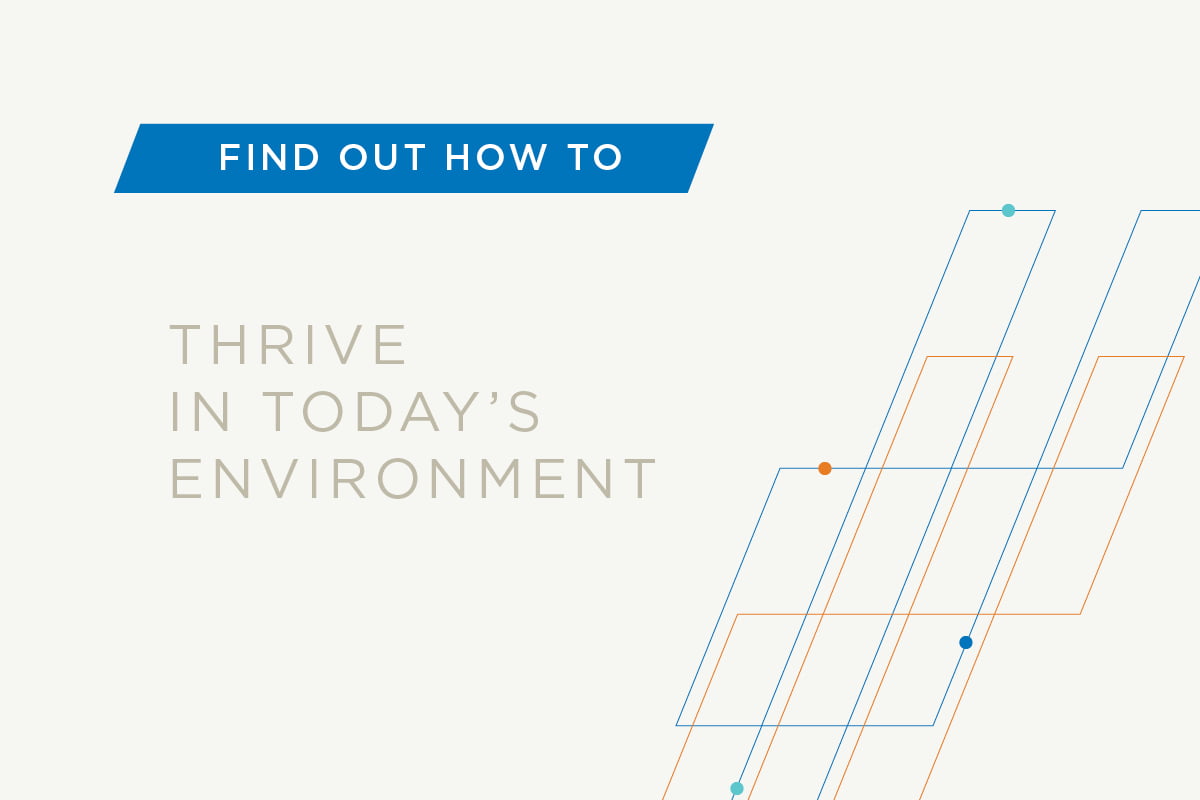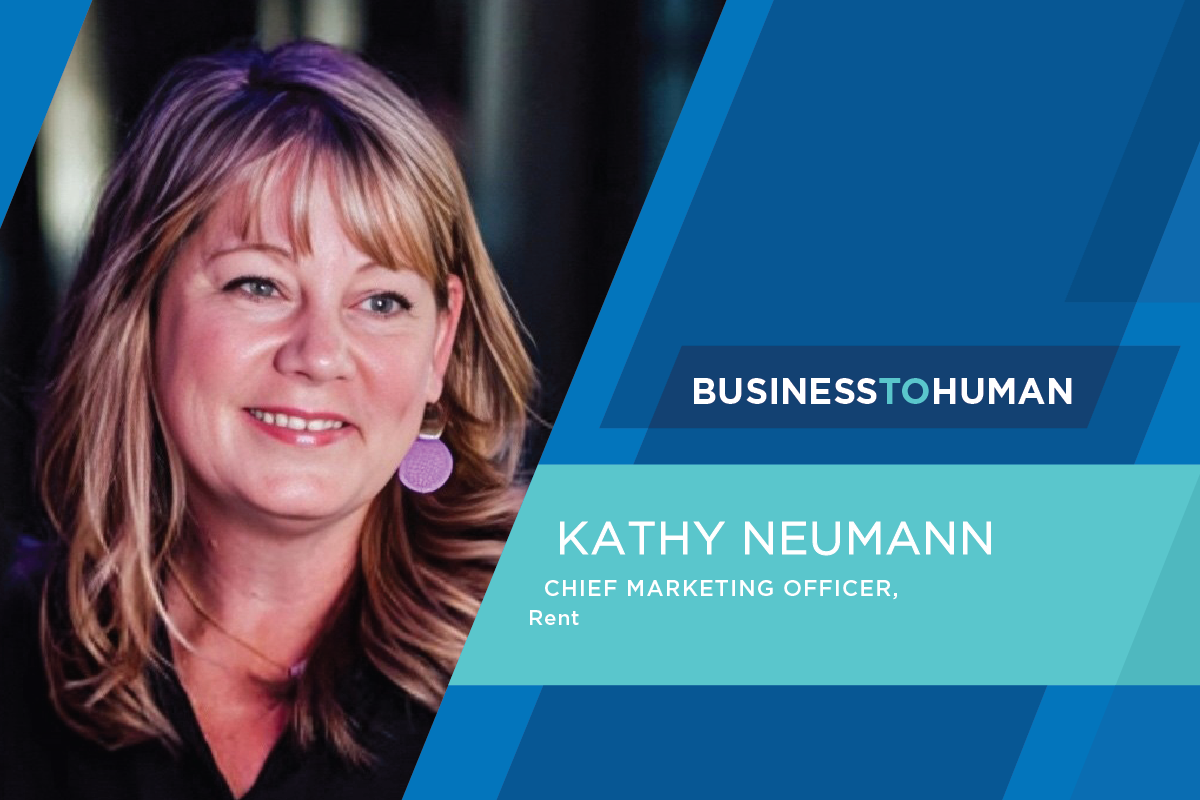Summary
- Everything — marketing included — is getting more expensive.
- Advertisers must manage these challenges while still engaging and converting consumers.
- Reliable partnerships, good data and creativity will win the day.
It’s about to be more expensive to connect with your target audience through the mailbox.
It’s not surprising, really. Inflation is at a 40-year high, pushing up the cost of paper, postage and the transportation required to deliver your message. Unfortunately, we’re not just dealing with an increase in the cost of marketing. Everything costs more. And we have sustained supply chain disruptions and continued labor shortages.
For many, these are uncharted waters — or, at least, waters we’ve not had to navigate for a very long time. So, how can you navigate them? And, specifically, what should you do to adapt to a world where it just costs more to do business?
Here are five recommendations:
First, stay the course
Now is not the time to back away from connecting with your target audience. People are under a lot of stress and really need help right now. Advertisers can be part of the solution, with guidance, deals and opportunities to deliver on basic needs and self-care. As a result, brands that prioritize engaging with consumers will stay top of mind and be rewarded with long-term loyalty.
Second, measure your return
You’re likely already doing this … sort of. But now that every dollar counts even more than ever, an objective assessment of the return on ad spend you are (or are not) getting for each campaign and tactic is critical.
Your audience constantly changes behaviors and develops new media consumption patterns. So, smart money says to test and learn what’s working to profitably drive sales. That will include evaluating new channels like social media platforms and Connected TV and homing in on the most effective media mix with tried-and-true tactics like shared direct mail packages and display advertising.
However, this isn’t about making a choice between using direct mail or using digital marketing. Instead, as Christine Moorman said in a recent Harvard Business Review article, “When used together, traditional and digital marketing can reach more audiences, build and keep trust, and motivate buying from consumers who otherwise might tune out marketing messages.”
Third, refine your offers
Historically, consumers are more likely to seek out value during difficult economic times. And that’s proving to be true in our current environment as people prioritize relevant offers.
Of course, that means they want coupons and deals to help them stretch their spending as far as possible. Without that help, they may have no choice but to stay at home and not spend at all.
But tough economic realities also mean people value brands that deliver sincere, empathetic and relatable messages. Just as you are trying to make the most out of the present circumstances, consumers want guidance on how to survive and thrive in these inflationary times.
Fourth, be creative and flexible
As important as it is to maintain your share of voice and stay top of mind with your audience, the current realities may require some adjustments. You hardly need to be reminded that supply chains are in disarray, and it costs more just to advertise. Overcoming those difficulties will require creativity and flexibility.
That may mean redirecting budget toward media that is readily available or cost-efficient. Or it may mean looking for a more reliable partner. Now might be the right time to consider new formats, new tactics and new offers (testing, learning and refining all along the way, of course!) to account for the logistical and financial headwinds.
The bottom line is what worked in the past may not be best in this environment. For example, due to cost and availability, printing and mailing out a monthly catalog might temporarily be shifted to a direct mail insert that points recipients to an online experience.
While you must maintain focus on the end goal of engaging and converting your target audience, you’ll get rewarded by flexing on how you achieve that goal.
Fifth, lean in on reliable partnerships
Even in the best of times, investing in mutually beneficial partnerships is smart. But it becomes vital in difficult times. And the best partners are those with whom you can openly share challenges and work together toward the best solutions.
To specifically address the rising cost of direct mail as a marketing tactic means investing in partnerships that offer:
- The data and insight needed to effectively find and target your ideal audience
- Production flexibility for various formats and timelines, as well as access to paper given the current shortages
- Print and digital media products that work together to engage your audience
- A consistent track record of delivering return on spending over the long term — and especially in recessionary and inflationary times
Direct mail still works
Sure, it’s going to cost more, but so is everything else. And dollar for dollar, few marketing tactics rival direct mail’s long-term effectiveness, efficiency and ability to play well inside a robust omnichannel strategy. And since 2020, this powerful tool has experienced a renaissance of renewed interest among consumers.
To learn more about how you can get the most out of your direct mail campaigns right now, check out our ebook, “This Direct Mail Moment.”



